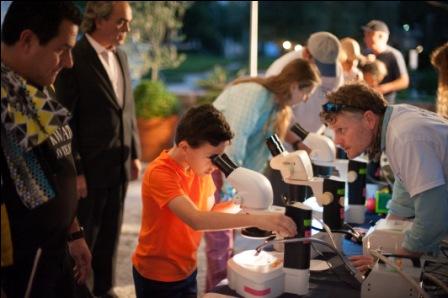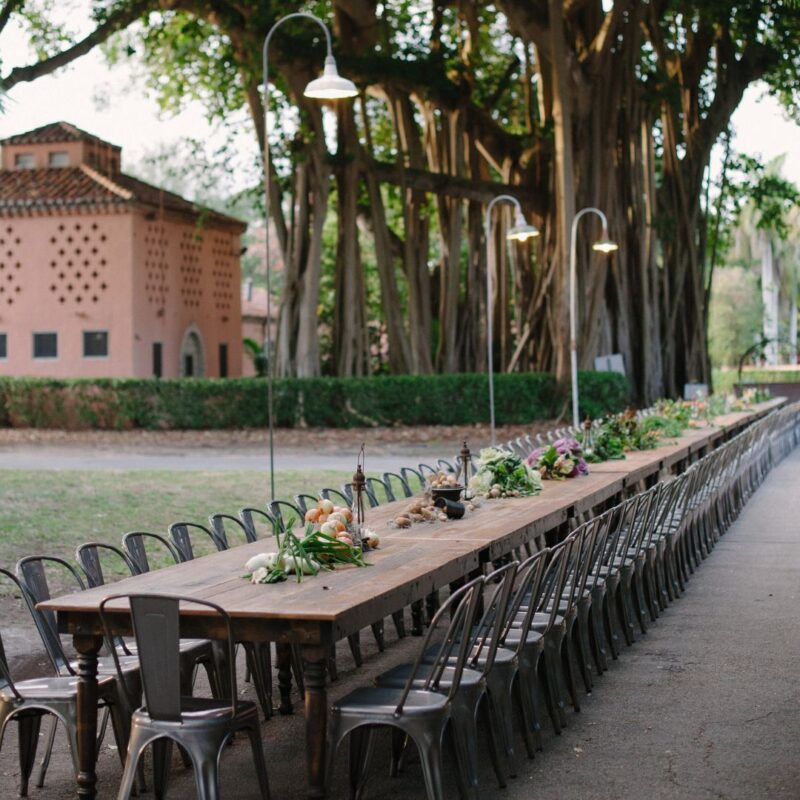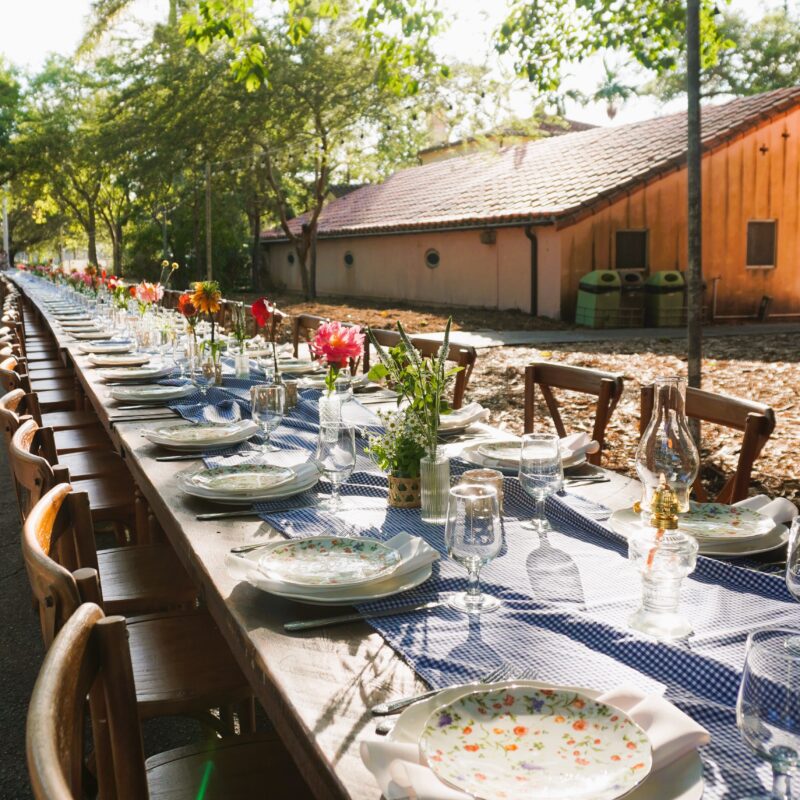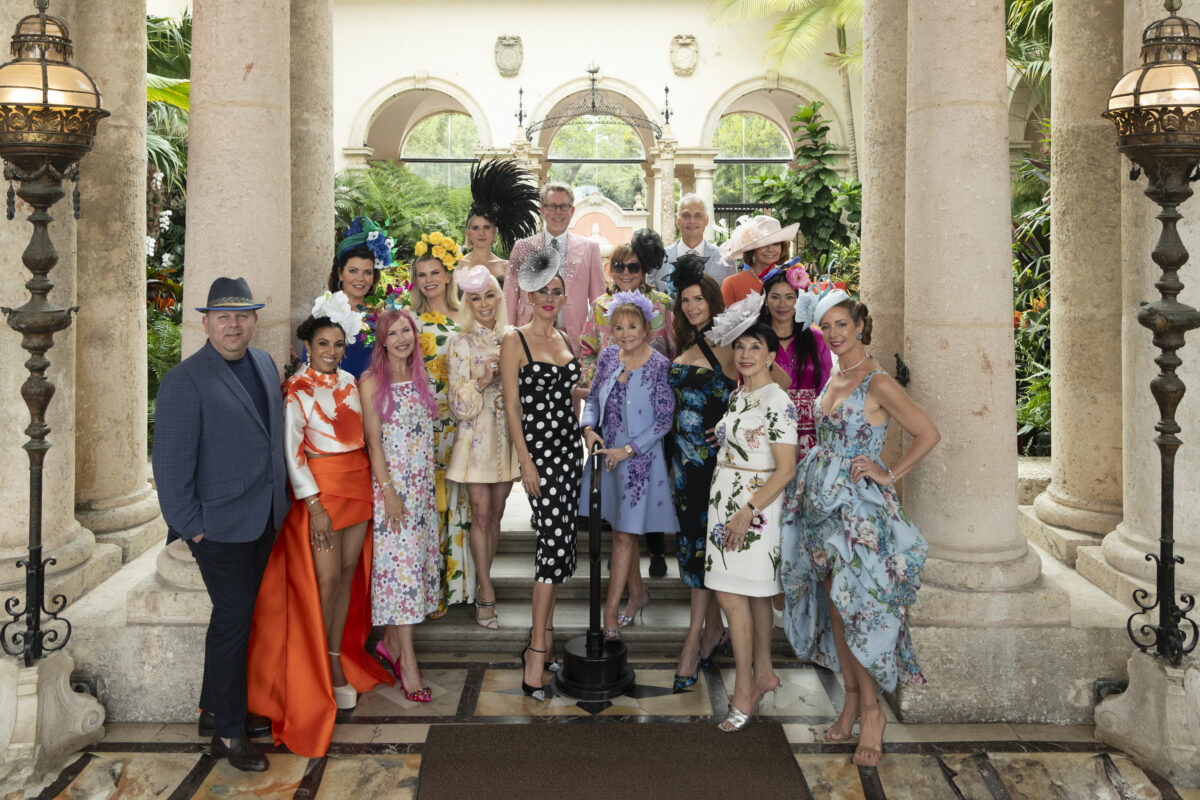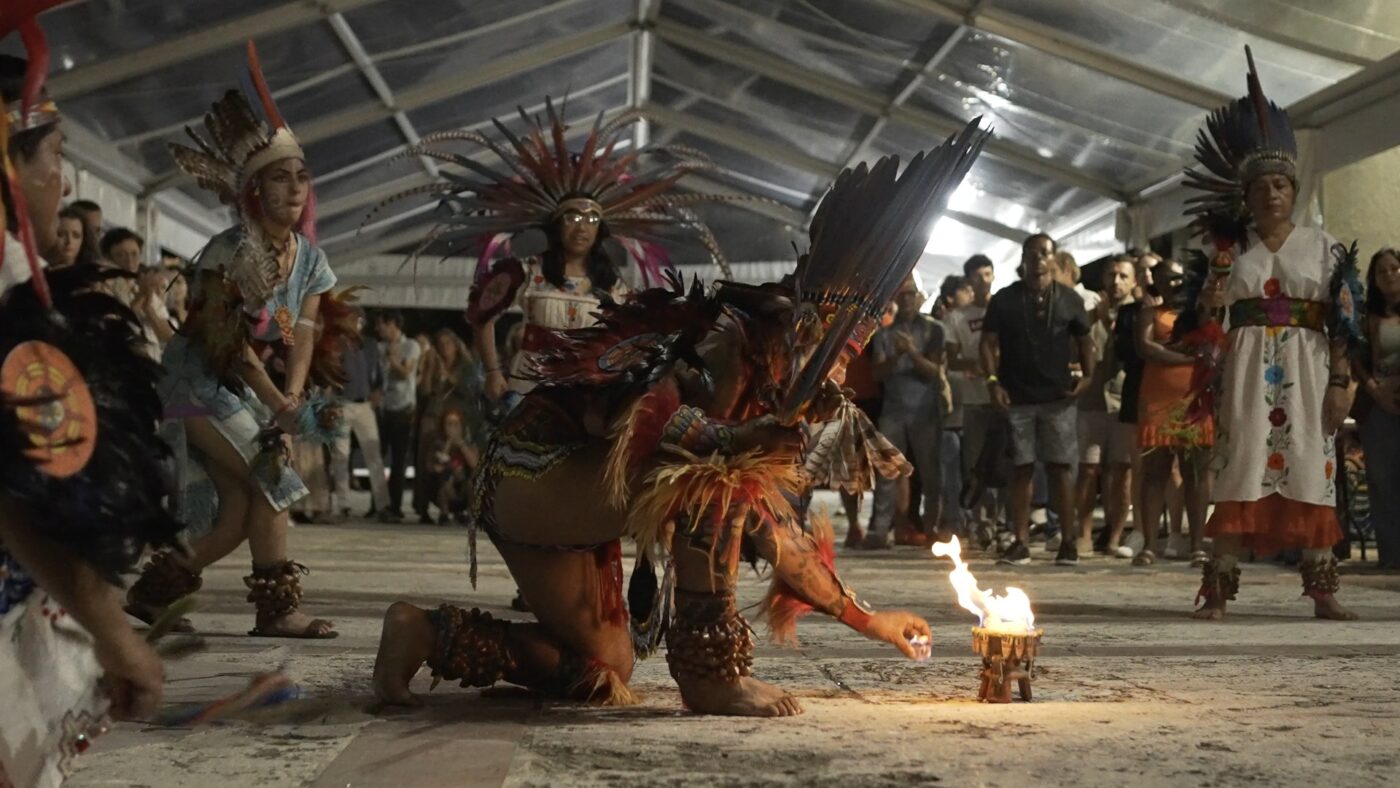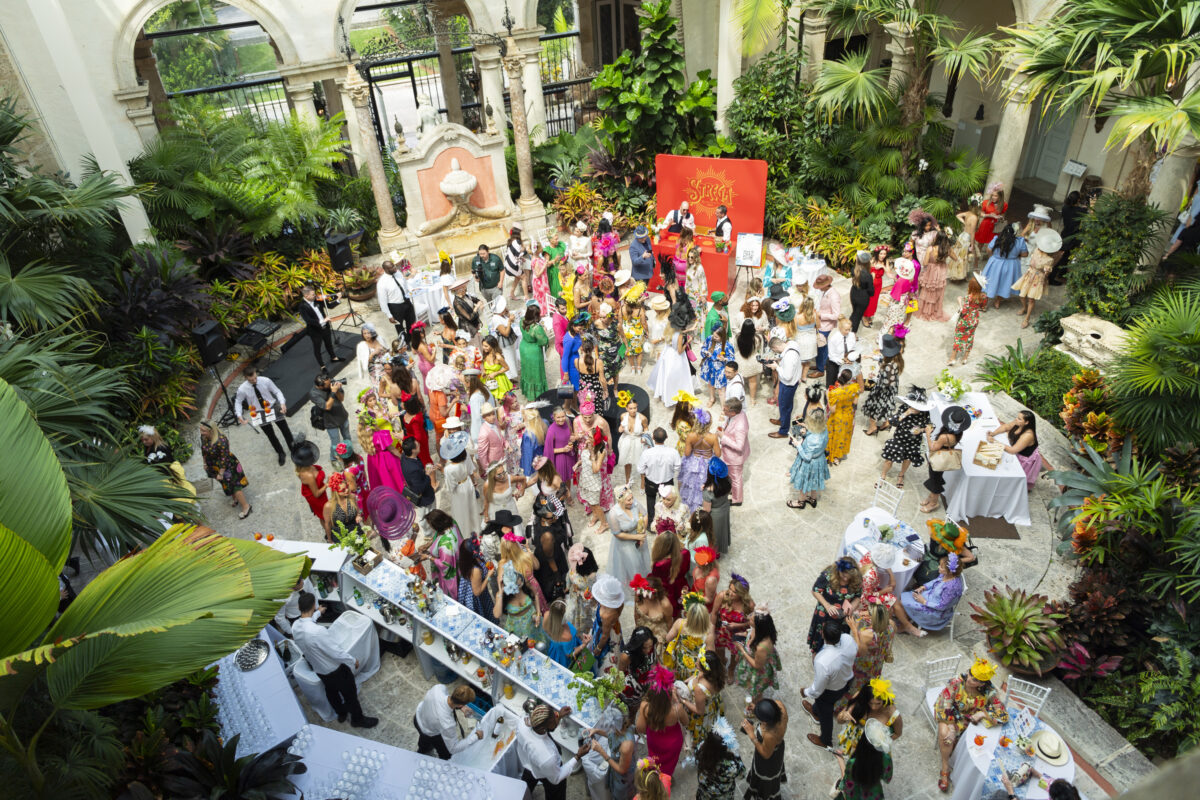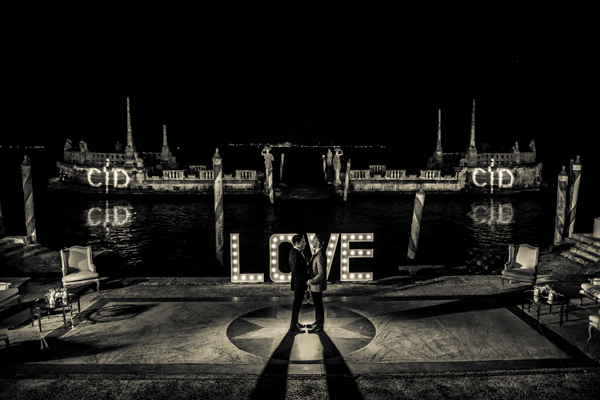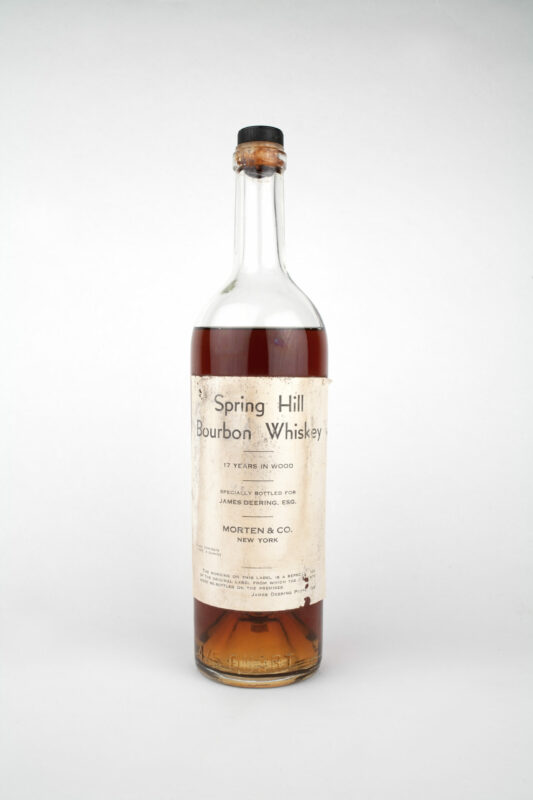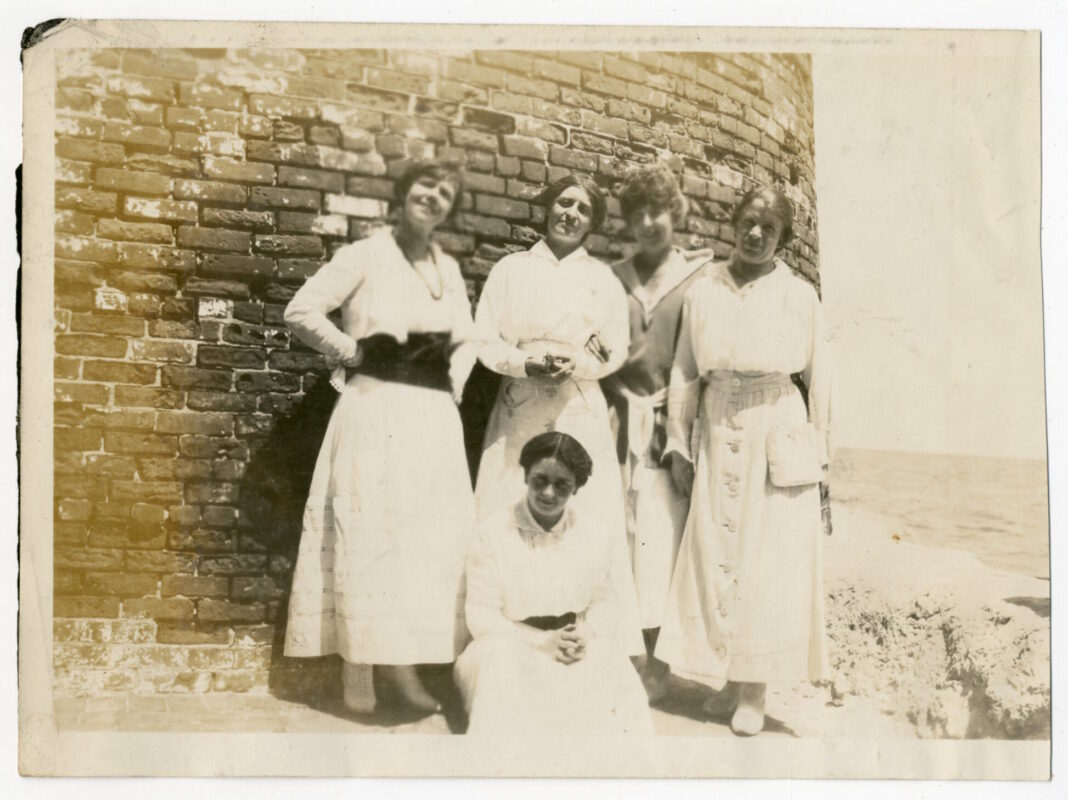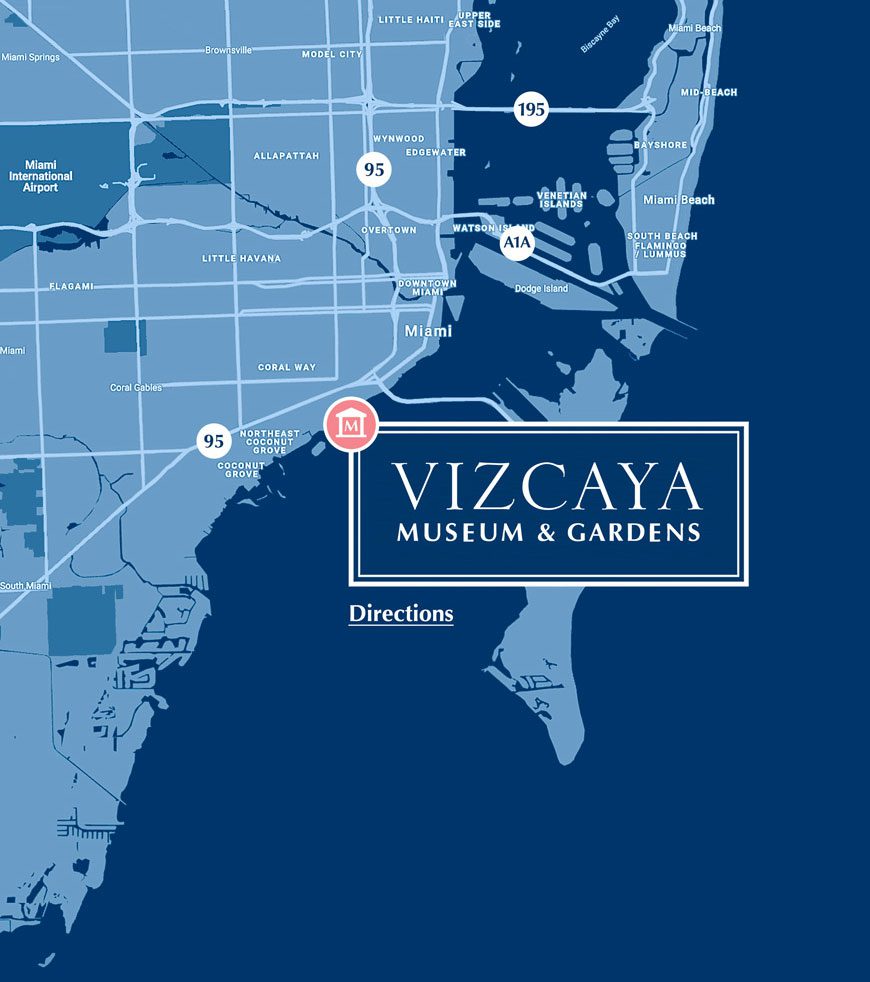Wild Vizcaya
If you search Vizcaya on Google Earth, you’ll see a lush green space in the middle of Miami’s urban core.
Those 50 acres, part of the original 180-acre James Deering estate, have been preserved as Vizcaya Museum and Gardens, a mix of formal gardens, rockland hammock, mangrove shore and an exquisitely restored historic main house filled with a decorative art collection.
But Vizcaya is home to so much more than art and history. A variety of wild creatures live in and around the property, and every year, Wild Vizcaya brings scientists and visitors together to learn more about them.
Citizen science at work
The program, created by National Geographic under the name BioBlitz, started in 2016. Every year, visitors come to Vizcaya to work alongside scientists and experts from Vizcaya, NOAA, Florida International University, the University of Miami, Miami Waterkeeper and more to explore the estate through the lens of science outside the lab, in the field.
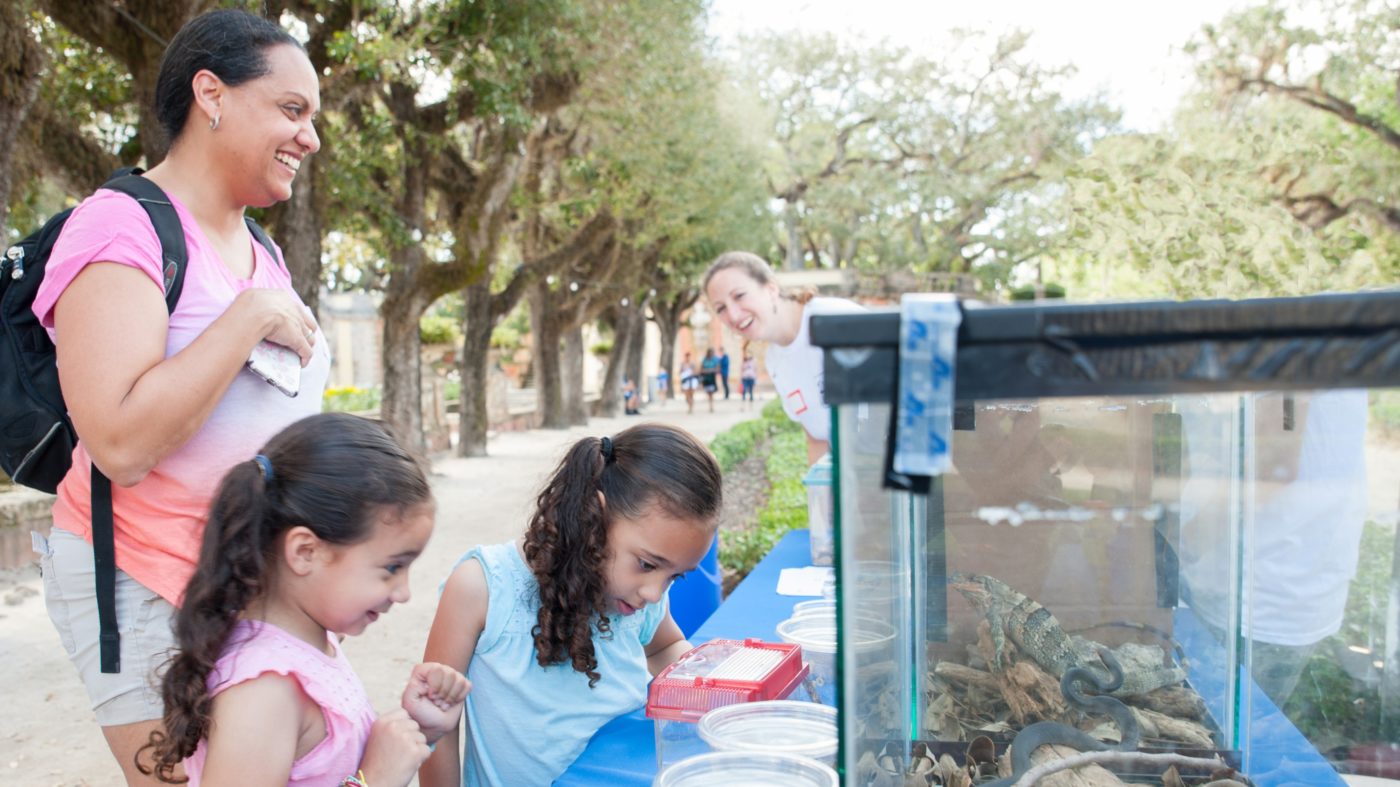
Stations might include herpetology (reptiles and amphibians), aquatic life (from seagrass to seahorses and algae), native ecosystems such as Vizcaya’s Rockland Hammock or Mangrove Shoreline, entomology (insects), birds, lepidoptera (butterflies), and scientific illustration (how we collected data before camera phones!).
Become an explorer
Wild Vizcaya is divided into two sessions, Daytime and Nocturnal. The Daytime Edition is a dedicated session for 140 school students, who explore stations in small groups for lessons that complement skills and content taught in the classroom. Not all students visit the same stations and they are encouraged to share their experiences with their classmates at the end of the day.
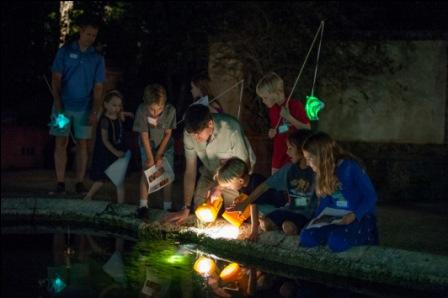
The Nocturnal Edition focuses on the intersection of art and science, since there’s less wildlife activity during these hours (6:00-9:00 p.m.). Adults and children explore family-friendly stations at their own pace, like shadow puppetry workshops and performances about the local environment, night hikes with black lights (known to illuminate scorpions and make night-blooming flowers radiate), and light sheets to attract all kinds of bugs. Glowing drinks and black light body art also demonstrate bioluminescence and camouflage with a fun twist.
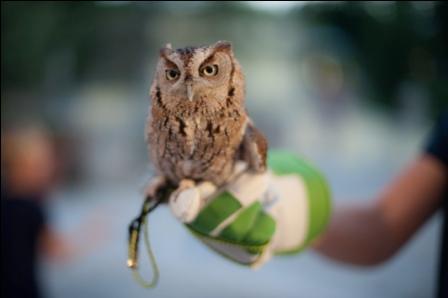
Adventure packs are available for checkout to encourage participants to explore the estate on their own, looking for flowers with plant presses in hand, as well as possums or owl activity (including a pellet dissection experiment).
The big picture
The entire series showcases Vizcaya’s thriving environments, and also highlights how science exists outside of laboratory settings. Field studies are an exciting way to spend time, and remind us all that Vizcaya’s conservation efforts keep native ecosystems and green spaces healthy for humans and many more living creatures. Wild Vizcaya is one of our most highly anticipated engagement programs each year but you don’t have to wait for the next one. Learn how to host your own at nationalgeographic.org/projects/bioblitz. And visit Vizcaya’s calendar page for other programs that celebrate environmental sustainability.


